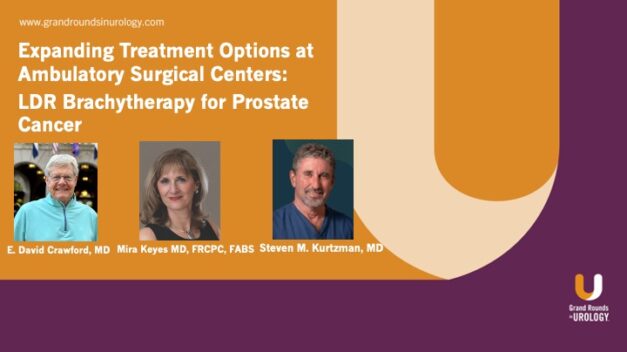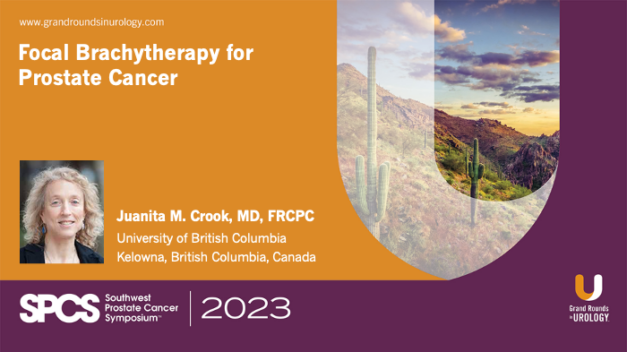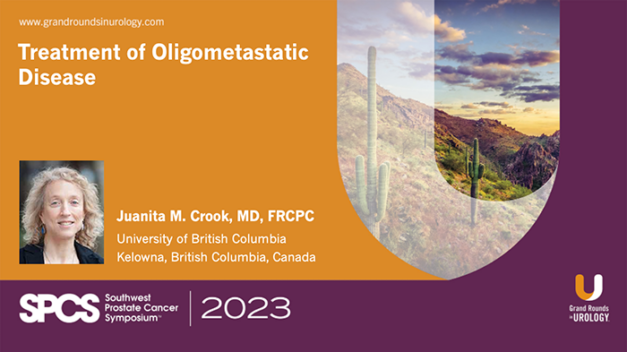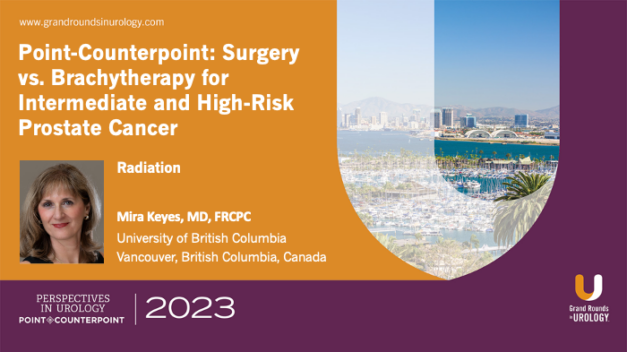Expanding Treatment Options at Ambulatory Surgical Centers: LDR Brachytherapy for Prostate Cancer
H1: LDR Brachytherapy for the Treatment of Prostate Cancer
E. David Crawford, MD, Professor of Urology, University of California, San Diego, California, Mira Keyes, MD, FRCPC, Clinical Professor Radiation Oncology, University of British Columbia, BC Cancer, Vancouver Cancer Centre, Vancouver BC, Canada, and Steven M. Kurtzman, MD, Director of Prostate Brachytherapy, Western Radiation Oncology, Mountain View, California, discuss low-dose rate (LDR) brachytherapy as a treatment for prostate cancer.
H2: Benefits of Brachytherapy for Prostate Cancer
Dr. Crawford explains that brachytherapy gets excellent results in prostate cancer patients across different risk and demographic groups, Gleason scores, and PSA levels. Dr. Keyes then shares the clinical rationale for performing LDR brachytherapy in ambulatory surgical centers (ASC).
H3: Prostate Cancer Treatment Strategies: Benefits of Brachytherapy on Different Risk Groups
Dr. Keyes explains that patients eligible for the low-dose rate brachytherapy, also referred to as seed implants, include all prostate cancer patients. She highlights that hormone treatment duration is significantly shorter when brachytherapy is included in the treatment plan. For example, in high risk prostate cancer patients, randomized controlled trials show that six months of androgen deprivation therapy (ADT) is enough when combined with brachytherapy. Avoiding 12 or 24 months of ADT, which is necessary when external beam radiation is utilized, helps decrease unwanted side effects for patients.
Finally, Dr. Keyes discusses toxicity in brachytherapy treatments and asserts that data cited on this topic often utilize older studies. Dr. Keyes emphasizes considering results from more recent publications.
H4: Expanding Treatment Options at Ambulatory Surgical Centers: LDR Brachytherapy for Prostate Cancer
Next, Dr. Kurtzman discusses how to set up high quality programs in ambulatory surgical centers and his opinion that LDR brachytherapy is an underutilized treatment for prostate cancer. He examines LDR brachytherapy’s high cure rates, low-long term complication rates, convenience for patients, financial benefits, and reasons LDR brachytherapy is not as prevalent.
Additionally, Dr. Kurtzman presents his strategy for bringing prostate brachytherapy programs to communities and reasons to perform it at ASCs, including fostering a genuine collaboration between urologists and radiation oncologists. Overall, he highlights how incorporating LDR brachytherapy into urology practices and ASCs fosters collaboration between urologists and radiation oncologists.
Conclusion
This 20-minute discussion concludes with Dr. Crawford’s comments on the importance of multidisciplinary care for better patient outcomes and strong interdisciplinary collaboration between urologists and radiation oncologists.
Appendix
Dr. Keyes also provided analysis of some recent studies that review:
Results showing 77% of patients in low and intermediate risk groups have PSA equal to or less than 0.2 five years after treatment with 1-2% recurrence, suggesting brachytherapy is very consistent with very low risk of prostate cancer recurrence
The ASCENDE RT trial that compared external beam radiation and LDR brachytherapy boat or dose-escalated external beam boost, and LDR boost in intermediate and high risk patients. Trial results showed a huge difference in PSA outcomes
If hormone treatment is needed for high risk prostate cancer patients who are also treated with external beam radiation with brachytherapy boost
Outcomes of intermediate and high risk patient groups treated with brachytherapy versus radical prostatectomy that showed positive outcomes for patients treated with brachytherapy, particularly in high risk groups
A study evaluating outcomes of patients with very high risk groups with Gleason 9 and 10 treated with prostate brachytherapy boost, external beam radiation, or prostatectomy. The study showed very favorable outcomes for patients treated with brachytherapy





